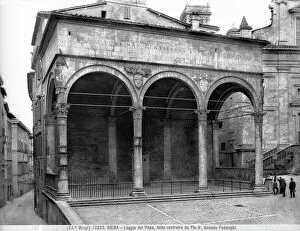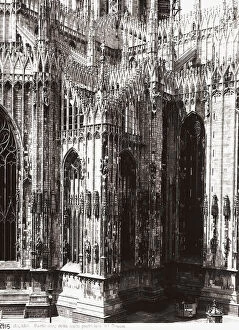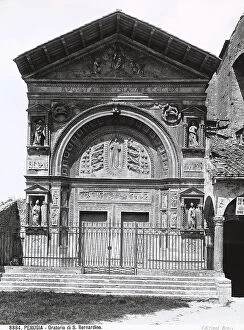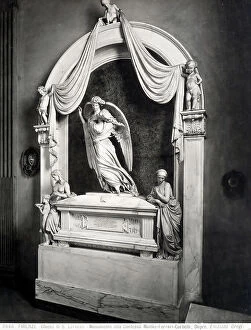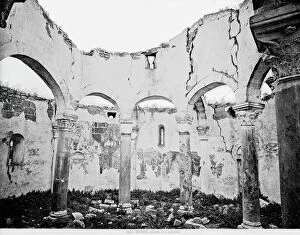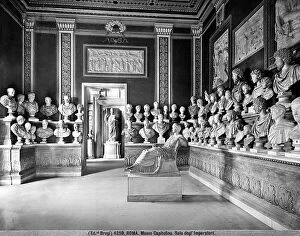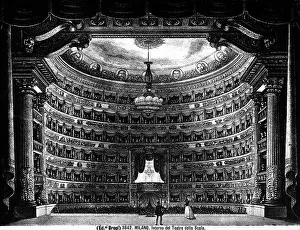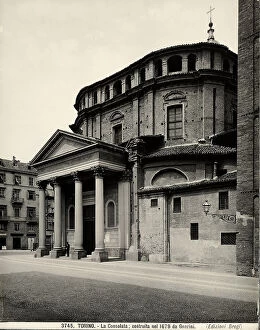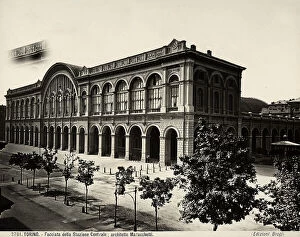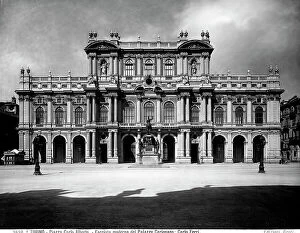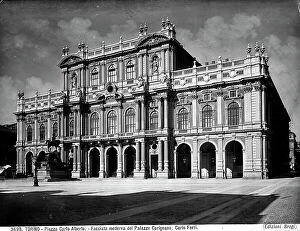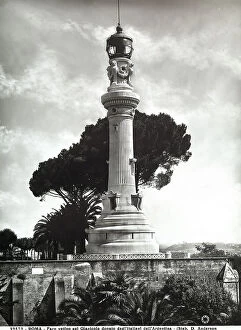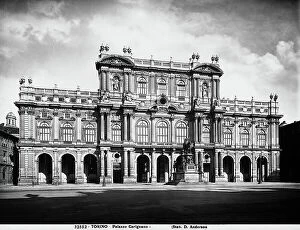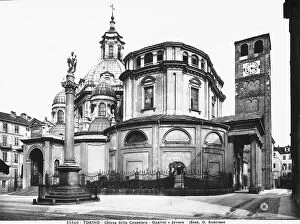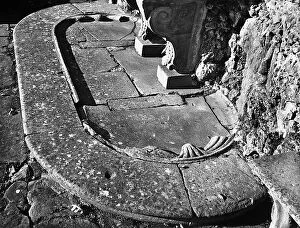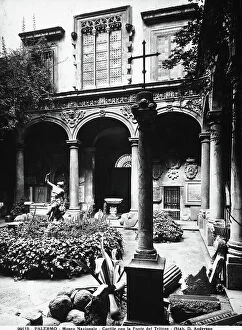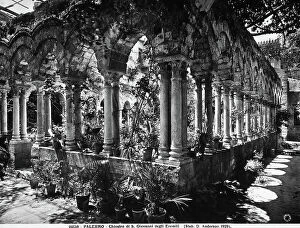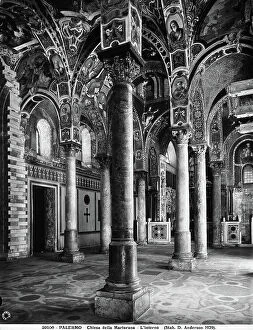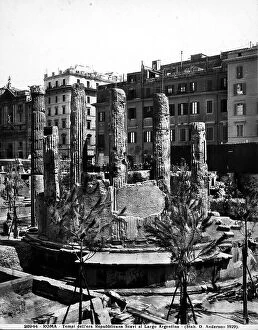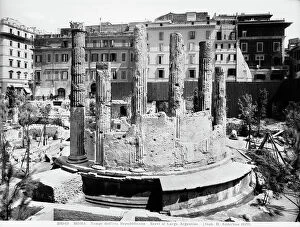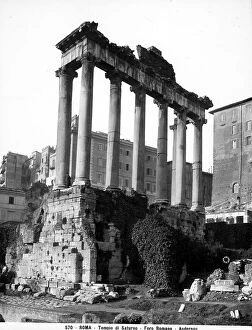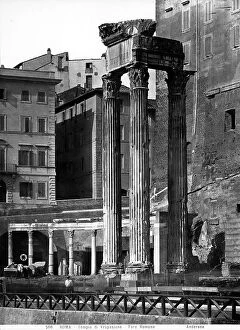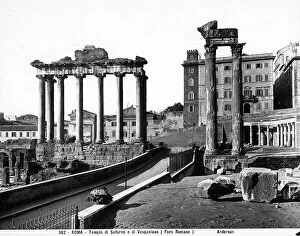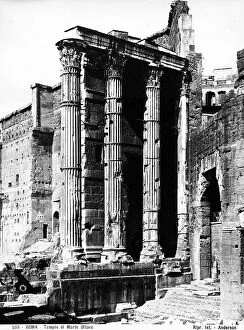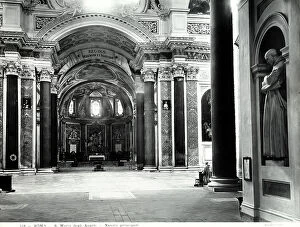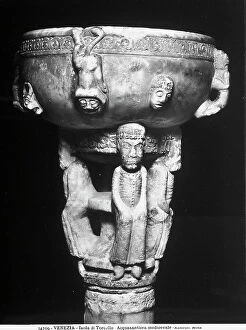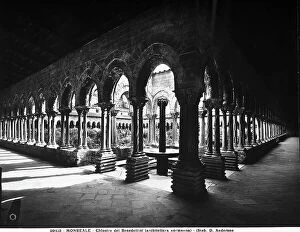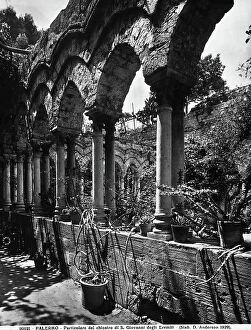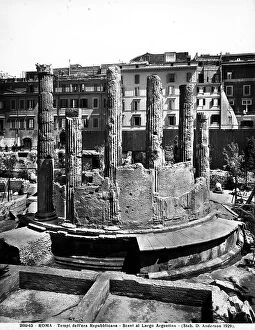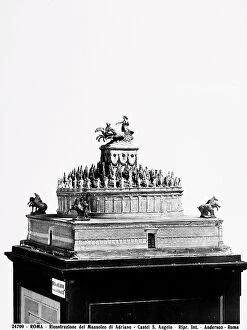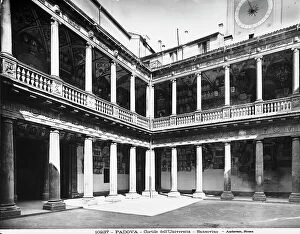Foundation Collection (page 3)
"Foundations: Building Blocks of History and Faith" From the humble Church Sheep grazing on green pastures to Queen Elizabeth's historic visit to Lloyds in 1952
All Professionally Made to Order for Quick Shipping
"Foundations: Building Blocks of History and Faith" From the humble Church Sheep grazing on green pastures to Queen Elizabeth's historic visit to Lloyds in 1952, foundations have played a vital role in shaping our world. Just like the intricate English Rose Corsetry advertisement that accentuates beauty, foundations provide support and structure. The grand Southampton Civic Centre stands tall as a testament to the solid foundation it was built upon. Similarly, Barbara Hulanicki's artistic prowess drew attention to underwear fashion in 1962, showcasing how even undergarments require strong foundations. In matters of love and commitment, Lord Pentland's marriage exemplifies the importance of a firm foundation for lasting relationships. Meanwhile, across borders in Montmartre, France, the founding of the Jesuit Order laid down spiritual roots that continue to influence countless lives. Across continents and cultures, foundations remain significant. The corner stone at St Patrick's Church in Philadelphia symbolizes faith anchoring communities since its establishment. In Japan's Himeji Castle with its soaring rooftops resting on sturdy stone foundations; we witness architectural marvels standing tall through time. Even New York City boasts its own iconic Woolworth Building whose mighty foundations were captured by photographers back in 1911. And when royalty graced Truro Cathedral with his presence during the laying of its foundation stone, it marked an auspicious beginning for this sacred place. Not all stories are glamorous though - Middlesex Pauper Lunatic Asylum reminds us that even institutions dedicated to caring for those less fortunate rely on solid foundations for stability and compassion. Whether they are physical structures or intangible beliefs passed down through generations – these diverse examples remind us that without strong foundations, nothing can truly endure or flourish.

